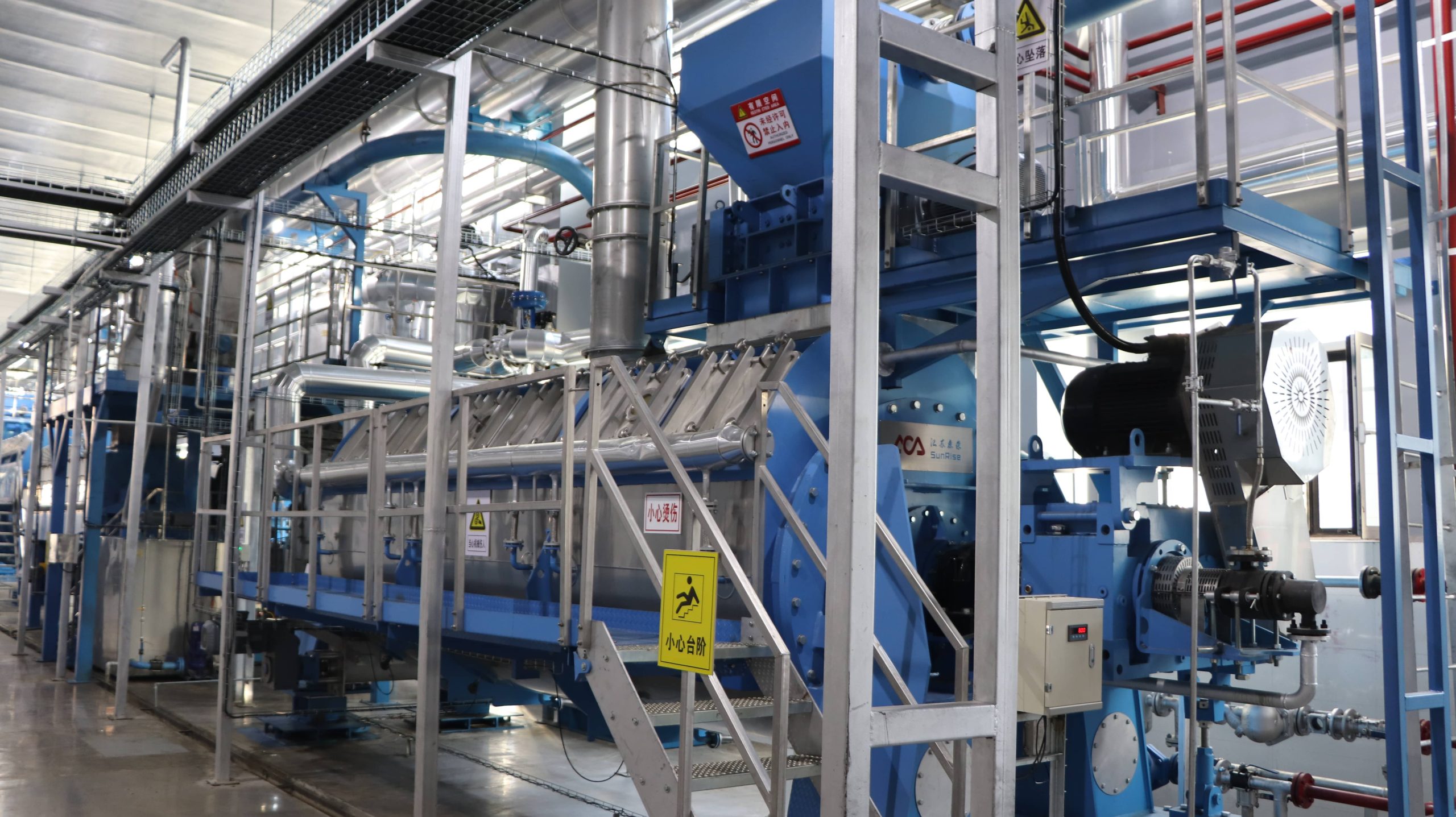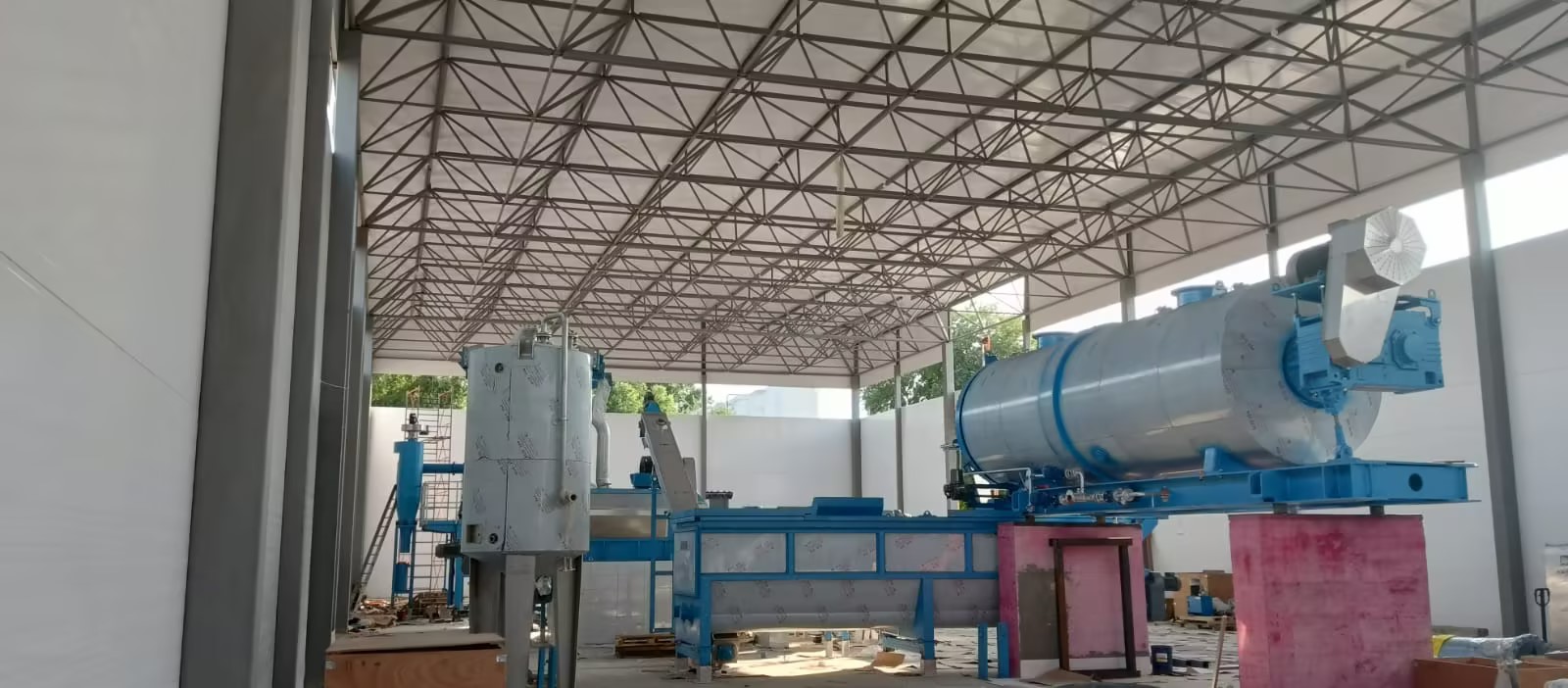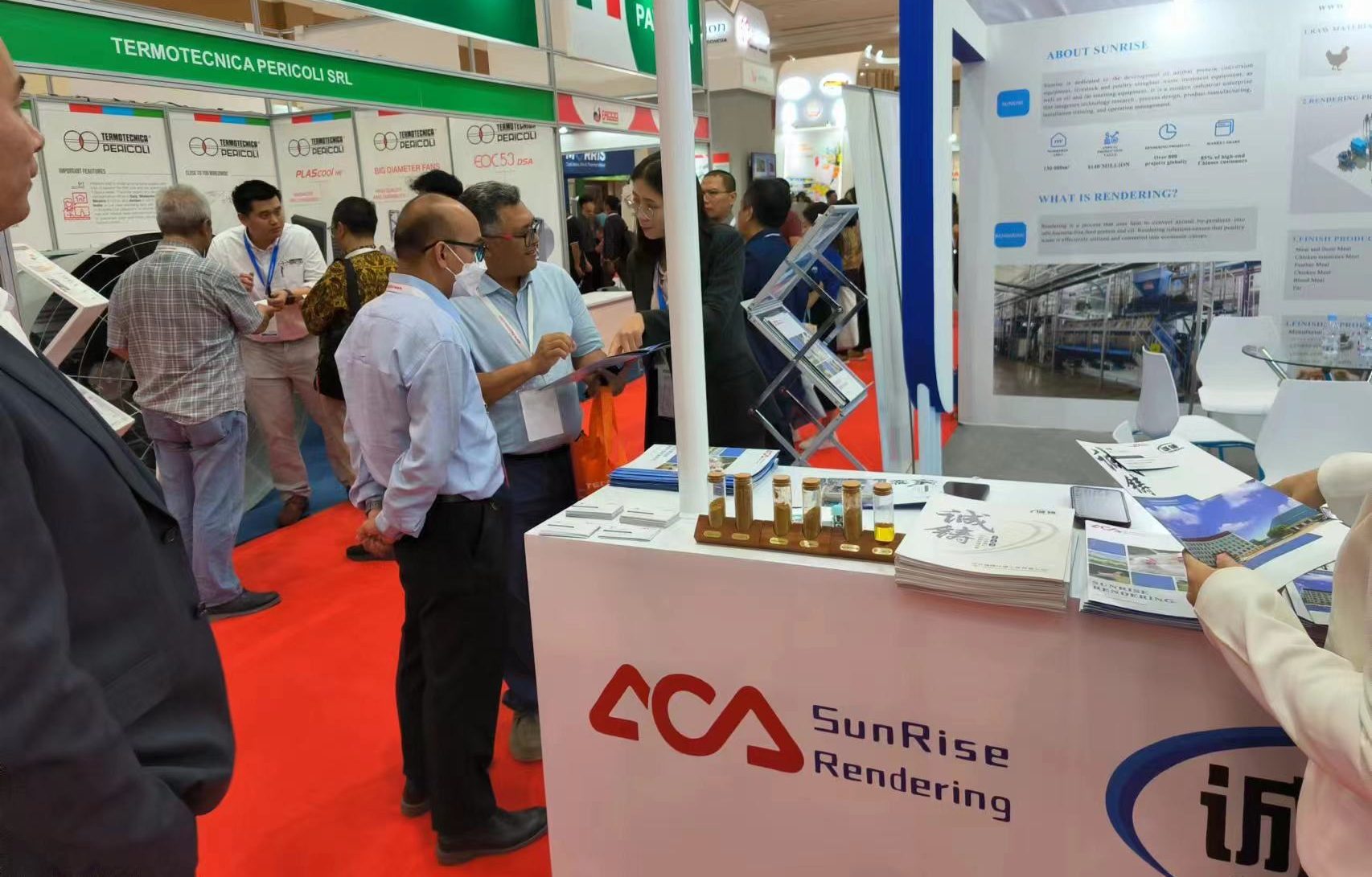
What Does A Rendering Plant Do?
What Does A Rendering Plant Do?
What happens during a rendering plant process?
If you want to know what does a rendering plant do, you must first study the process of a rendering plant. A rendering plant is a facility where animal byproducts are processed into food products like tallow, lard, meat, and bone meal. Rendering is the process of melting fat or oil to separate it from solid materials such as meat or poultry bones. After the rendering process, the fat is separated from the solids and used in several different applications.
1. Crushing
The first step in the independent renderers’ process is to crush the carcasses and fat. This makes it easier for the fat to be extracted through centrifuges and presses. After unpacking the frozen board raw materials, they are transported to the crusher by the scraper conveyor and pulverized into uniform granules. To increase the surface area of the raw materials, and improve the cooking speed and the oil yield.
2. Pre-Melting
This is the stage where the raw material is cooked for several hours in a large vat to remove water. The cooked material is then cooled down and sent to storage tanks or centrifuges for further processing.
The crushed raw materials enter the preheating pot and are preheated at high temperatures. After being heated, stirred, and thawed by the heat transfer oil. It reaches a solid-liquid mixed state suitable for vacuum transportation, which is convenient for subsequent oil refining.
3. Cooking
Put the preheated raw materials into a solid-liquid mixed state in the cooking pot for heating and cooking, and turn on the vacuum jet pump to make the pot appear under negative pressure.
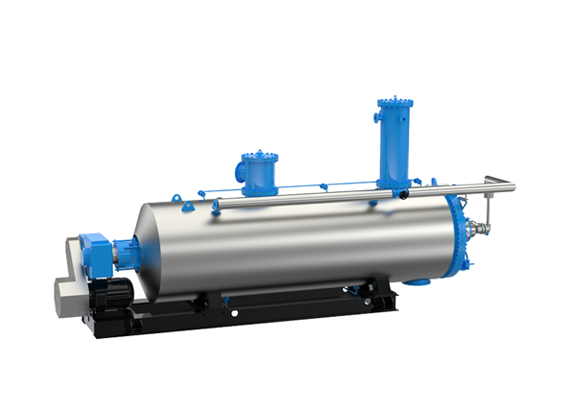
The type of rendering equipment like the Jiangsu Sunrise batch cooker is designed for sterilization, hydrolyzation, and drying of animal by-products. It’s equipped with a stirring device and an automatic cleaning device. The material is heated evenly and does not stick to the pot, which can prevent the raw material from burning.
4. Dehydration and Deodorization
The next step is dehydration and deodorization, which are two separate processes. Under the vacuum state, the water vapor and odor molecules generated during the raw material refining process are quickly separated from the oil and flow into the water spray deodorization tower with the flow of the vacuum pipeline.
The first involves removing approximately 30% of the water content from the rendered material by heating it to about 180 degrees Fahrenheit and allowing it to cool naturally. This process reduces the weight of the material by about 20% and makes it easier to handle and store.
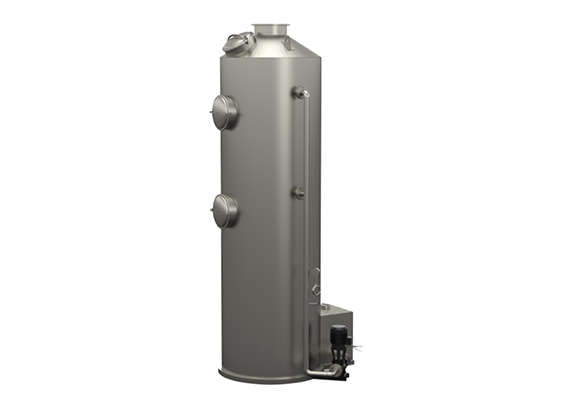
The second step is deodorization like SunRise Chemical Scrubber which uses high-pressure spray equipment to make the medicinal liquid with the odorous gas fully contact.
5. Oil Residue Filtration
The oil residue is left over after the rendering process. It is filtered through a series of filters to remove any remaining grease or fat from the meat by-products. The filtered oil residue is then sent to a biofuel production facility where it can be converted into biodiesel. The biodiesel produced can be used as an alternative to diesel fuel for vehicles and other equipment that require a diesel engine.
6. Waste Disposal
The last step in the rendering animal products process is to dispose of the waste. The waste disposal process is important because it involves making sure that no toxic materials are released into the environment. In order to prevent hazardous materials from being released into the environment. Rendering plants must be equipped with a waste management system that allows them to store their waste products safely until they can be disposed of properly.
What can a rendering plant do?
Rendering plants are facilities that process animal-based products into protein-rich, high-value materials. The rendering industry handles a wide variety of raw materials, including meat scraps, bones, and blood.
Stores meat scraps and bones for later processing
After the slaughterhouse processes the animals it has received, it needs somewhere to store the leftover parts. These include fat trimmings, bones, and other waste materials from processing meat into cuts for consumers to purchase at grocery stores. Rendering plants take these materials and use them to produce highly valuable products like tallow or bone meal fertilizer.
Rendering plants also handle fats and grease from restaurants and food processors. These materials are processed into a variety of products that include feed ingredients for animals, soap dispersants, and other products.
Most rendering plants store animal byproducts for later processing. They may store them for days or even weeks before they begin processing them. This allows them to get a more consistent supply of raw materials so they don’t have large gaps between deliveries from farms and slaughterhouses.
Collects and processes animal by-products
A rendering plant is a place like north american renders where animal by-products are collected and processed into useful products. Animal by-products include things like slaughterhouse wastes, cooking grease, rubber products and edible products like fat trimmings from restaurants. The purpose of the rendering plant is to convert these animal by-products into something that can be used as an ingredient in other products.
At a rendering plant, animal by-products are collected and processed to make a variety of products such as tallow, meat and bone meal for cats and dogs. Tallow is the rendered fat from animals that can be used for industrial purposes such as soap making, candles, and lubricants.
Meat meal is made from the ground bones of animals combined with various amounts of meat scraps. The resulting product is used as an ingredient in pet food, livestock feed, and fertilizer. Meat and bone meal contains all the protein left after fat has been removed from rendered animal tissue. The remaining material helps to balance an animal’s diet and promote growth.
What do people get out of a rendering plant?
Rendering plants are facilities that process animal byproducts into edible and inedible products, such as tallow and leather. The goal of rendering is to remove the fat from the animal byproducts. Animals that are processed at a rendering plant include cattle, swine, chickens, etc. Rendering plants have three main functions:
To Produce Meat And Bone Meal
A rendering plant functions to produce meat and bone meal. It is a food processing facility that converts waste animal materials into feed, fuel products, and other useful materials, such as fertilizer and glue. The rendering process is used to recycle the carcasses of animals which avoids wasting.
To Convert The Fat Into Tallow And Grease
A rendering plant functions to convert the fat into tallow and grease. The process is simple and involves cooking the fat with water until it melts. The melted fat then goes through a strainer that separates the liquid from any remaining solid material. The resulting liquid contains tallow and grease, which are both animal fats that can be used for various purposes, such as soap making and candle making.
To Produce Industrial Oils And Waxes
A rendering plant functions to produce industrial oils and waxes from tallow, fat, and grease. These products are used in the manufacture of soaps, cosmetics, candles, and other household items.
Is it good or bad for the environment?
Rendering plants are good for the environment because they turn animal waste into usable resources that do not pollute landfills or contaminate waterways like municipal wastewater treatment plants do when they release untreated sewage into rivers and lakes during storms.
In addition to taking care of waste from slaughterhouses and farms by turning it into useful products like fertilizer or fuel oil, rendering plants also play an important role in reducing greenhouse gas.
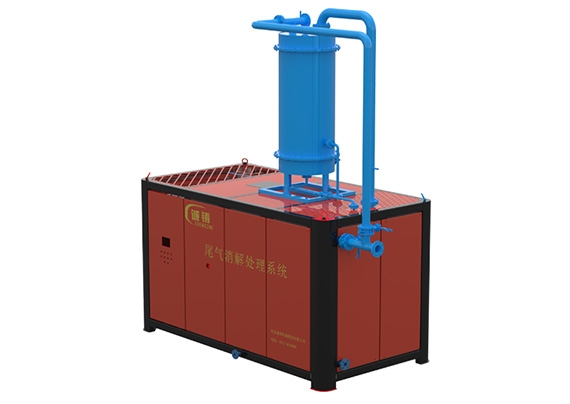
Like this product SunRise Exhaust Abatement, it is mainly suitable for the harmless treatment of livestock and poultry to extract the harmful gases produced in the process of rendering plants.
It reduces waste that would otherwise be buried or burned in landfills or incinerators. It also reduces greenhouse gas emissions by using renewable energy sources like landfill gas instead of fossil fuels like oil or coal. Rendering plants are not ideal for everyone because they use animal parts that may contain dangerous bacteria or viruses that could make you sick if eaten by humans or pets.
Rendering plants can be found in many places around the world, but they are most commonly used in areas where there is high livestock production and consumption. In these areas, there will be a large number of animals being slaughtered each year and their bodies need to be disposed of properly so that they do not contaminate local water sources or pose a risk to public health.
Conclusion
Hopefully, now you have a better idea about what does a rendering plant do, and the benefits these facilities offer. The rendering plant is responsible for converting unwanted animal by-products into valuable commercial and industrial products. This process also produces renewable fuels, fats, and high-protein animal feed. They take in unwanted animal products, process them for their nutrients, and ultimately get put to use as feed ingredients.

